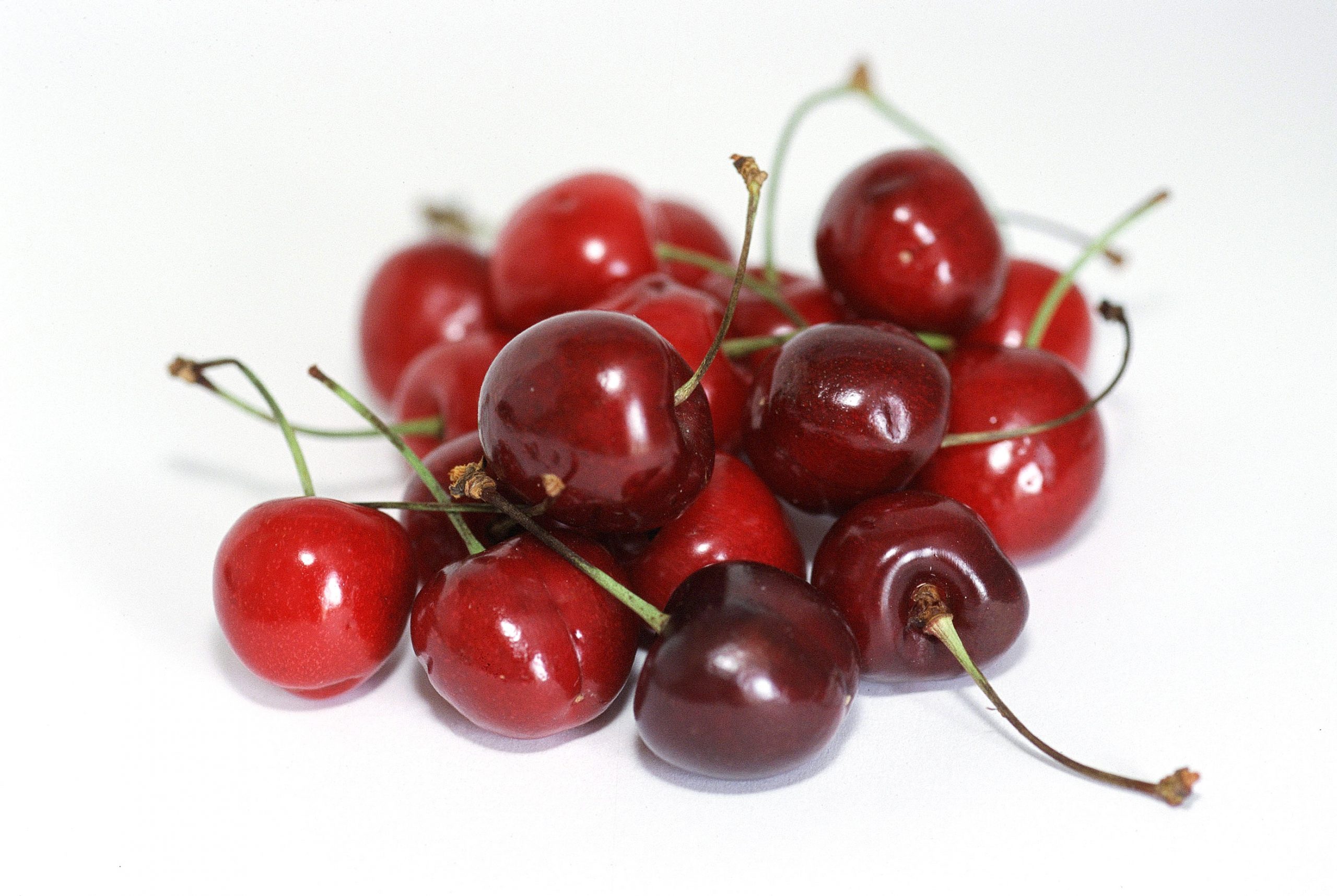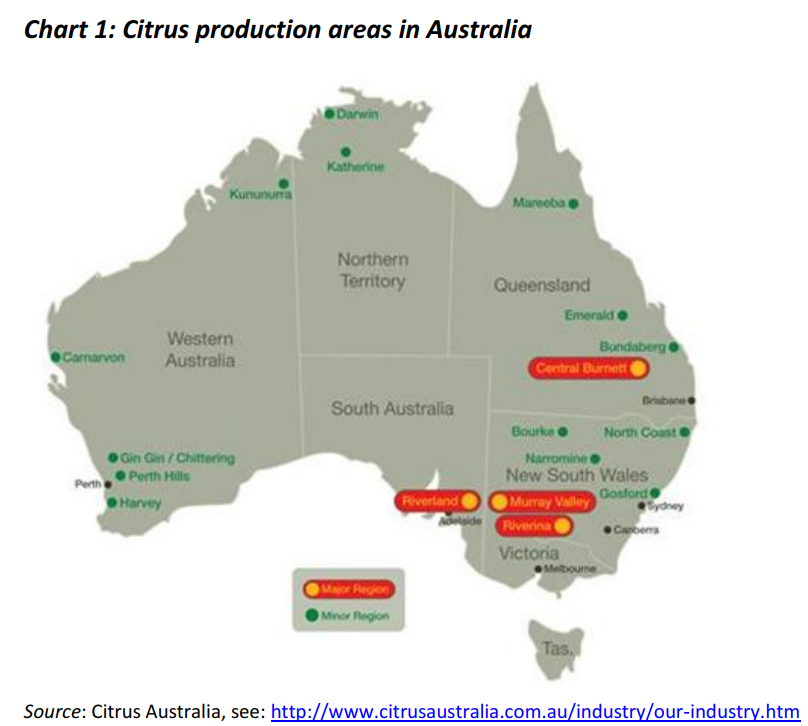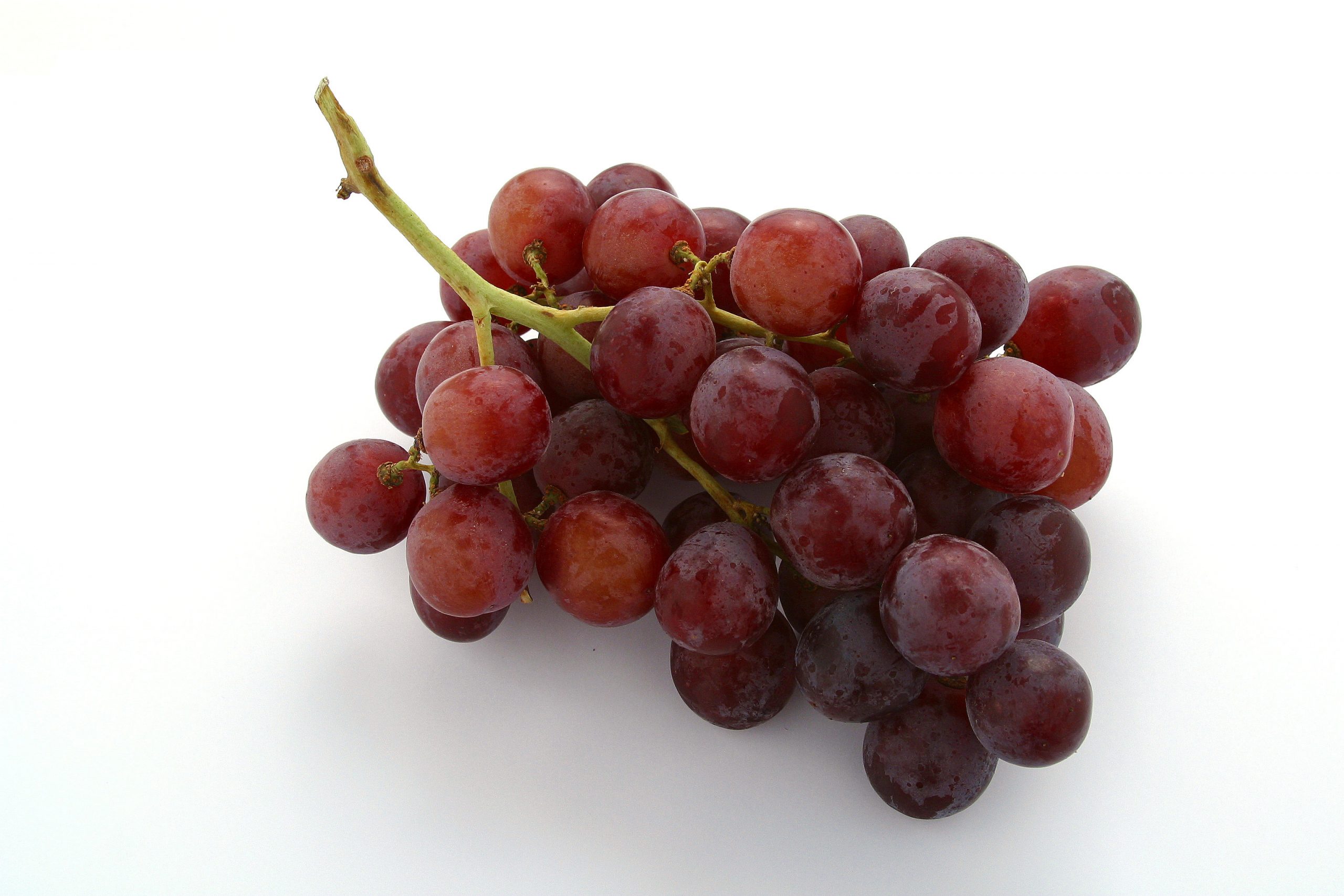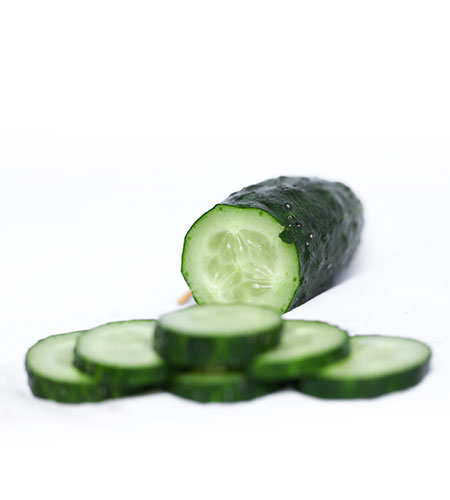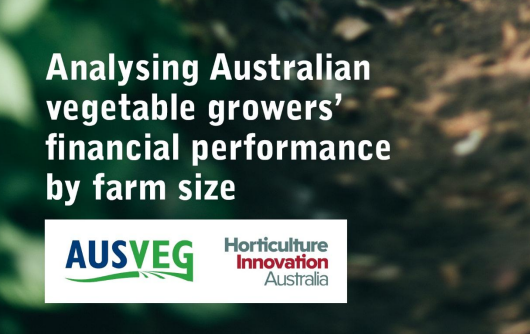
The challenges and opportunities facing Australia’s smaller vegetable farms are among the issues covered in a discussion paper by industry body AUSVEG.
According to AUSVEG, Australia’s vegetable growing industry generated approximately AUS $3.5 billion in gross value of production in 2013-14, with 5,300 agricultural businesses that produced vegetables for human consumption. The industry is represented by a big proportion of smaller-sized growers and fewer larger-sized growers.
The paper analyses the financial performance of growers by farm size, concluding that the bigger a farm, the more profitable it is likely to be. “This is due to cash receipts increasing by a higher proportion than cash costs as farm size increases, which is exemplified by the costs to receipts ratio,” it says.
“However, the relative expenditure on particular cash costs as a share of total cash costs stays relatively the same for all farm sizes. For example, labour costs tend to constitute approximately a 17-20% share of total cash costs for all farm sizes.”
But there are risks associated with expanding farming operations which need to be considered and it is important to assess the return on investments from any substantial increase in scale of operations, it warns.
Bigger farms better able to dilute costs
Among the benefits for vegetable growers with larger farms is that they are better equipped to dilute their cash costs with the extra revenue received. Also, it tends to be the larger growers that export, providing another sources of revenue to mitigate risks through diversification.
“Australian vegetable growers have been facing a challenging business environment for many years now, with increasing production costs and low retail prices adversely impacting on grower margins. However, by embracing emerging technologies, exploring new avenues for revenue raising and having a forward outlook on business viability, vegetable growers should be able to improve upon their business outcomes,” the paper says.
Larger sized growers should invest in research and development to decrease labour costs, such as by increasing the efficacy of the technology available to them, and increasing their uptake of that technology, it advised.
AUSVEG spokesperson Shaun Lindhe said Australia’s vegetable industry is made up of businesses ranging widely in size, and “while the average profit across all vegetable-growing farms dropped to $39,000 in 2013-14, smaller operations – those under five hectares, and those between five and twenty hectares – actually lost money.”
Lindhe said the paper found that the costs to receipts ratio, which expresses average farm costs as a proportion of their receipts, is notably higher for farms of less than 5 ha compared to all other vegetable growing farms.
“While all vegetable-growing farms struggle with high cash costs, the data suggests that larger farms are in a better position to dilute these costs across their operations and can therefore achieve higher profits, both in relative and absolute terms. This kind of variability can skew analysis of the overall performance of the vegetable industry, making this discussion paper a valuable resource for any vegetable grower looking to gain an accurate idea of how they are performing compared to their immediate peers,” he said.

(The bottom 25%, middle 50% and top 25% categories are based on profiles of vegetable growing farms taking into account area grown, production and financial indicators. The bottom 25% category covers the smallest farm sizes with the lowest output and lowest financial performance.)
Figure 3 illustrates that variable costs for the middle 50% and top 25% of vegetable farms are roughly the same per ton, however the bottom 25% have a considerably higher variable cost per ton. It also shows that total costs decrease as farm financial performance (or farm size) increases and that there is a level of production where variable costs per ton (e.g growing, harvesting and packaging costs) actually decrease.
“This finding is important for smaller vegetable growers who are considering expanding their scale of operations. It provides evidence to suggest that both fixed costs (e.g. rates and interest payments) and variable costs (per unit costs) can both decrease as farm size increases, up to a particular level of production. Grower’s should factor in these decreasing costs when considering farm expansion as it can be an important cost saving in the planning phases of development and expansion,” the paper said.

“It can be seen in Figure 7 that hired labour is the largest cost of production for vegetable farms less than 5 ha in size, accounting for an almost 21% share of total cash costs in 2013-14 – an increase of approximately 71% in absolute terms since 2011-12.”

sources:
“Analysing Australian vegetable growers’ financial performance by farm size“
Cost challenges force smaller vegetable growers into the ‘red’
